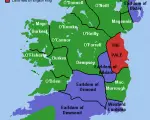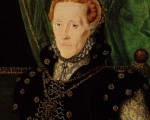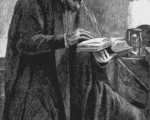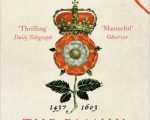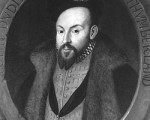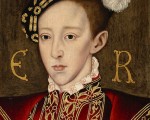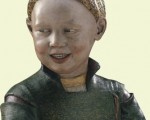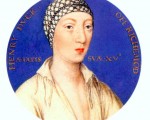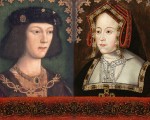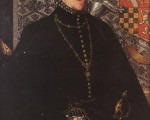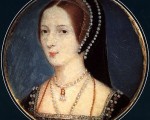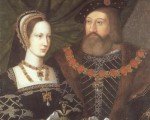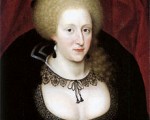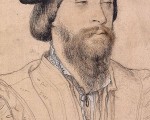
Sir William Kingston, Constable of the Tower of London, Knight of the Garter and comptroller of the King’s household, was born around 1476. His origins are unknown but historian Stanford Lehmberg believes that he was from a Gloucestershire family who were related to the barons Berkeley of Berkeley Castle, Gloucestershire, and also to Edward Stafford, 3rd Duke of Buckingham. Kingston had a brother named George.
In 1497, Kingston was appointed as a yeoman of the chamber to Henry VII and served in this position until 1509. In 1506, he became a Justice of the Peace for Gloucestershire. At Henry VII’s funeral in 1509, he served as a gentleman usher. In 1511 and 1512, he served in the army of Henry VIII and in September 1513 he fought at the Battle of Flodden against the Scots. He was knighted in October 1513.
In 1514, Kingston was made a king’s sewer and a sheriff of Gloucestershire, and in 1519, Cardinal Wolsey chose him to be a knight of the body in the privy chamber following Wolsey’s purge of the privy chamber in the Eltham Ordinances. He continued to serve the king as keeper of the king’s jewels and plate and then as a carver in 1521.
[Read More...]





